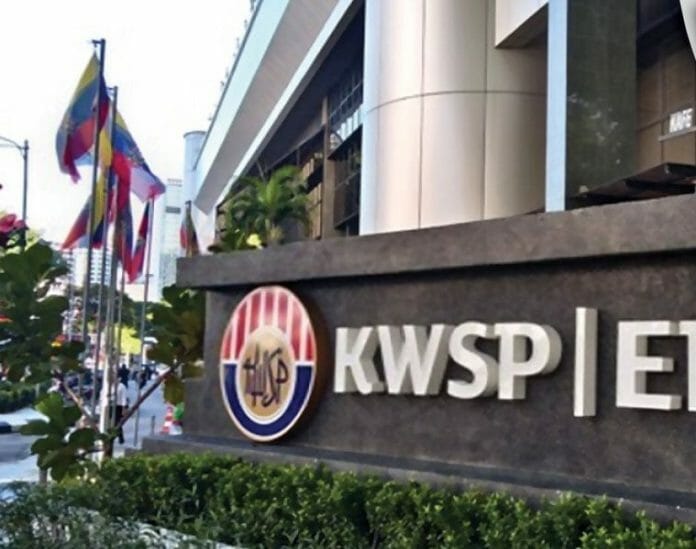The Employment Provident Fund has announced a 5.35% dividend for 2022 despite facing a rocky year with global uncertainties including the heightened war between Russia and Ukraine, US Fed raising interest rates, market volatility unlike any period, and KLCI languishing below the 1450 mark for a long period. For many pundits, the figure is stellar as the expectation was even lower
This was also the year where major global equity benchmark indices wrapped up their worst annual performance since 2008, falling between 20% to over 30% during the year. Early signs of 2023 aren’t much different either, for the record, the 5.35% dividend is the second lowest since 2010 with 2020 being lower at 5.20%.
So how will EPF navigate with its RM1.03 trillion investment assets this year, seeing the situation has not much changed, will contributors see similar payouts or could dividends be even lower?
Here’s what EPF Chairman Tan Sri Ahmad Badri said in the statement issued by the board, “We anticipate that the 2023 investment climate will continue to be challenging in the short and medium term. The continuing uncertainty underscores the need for a thoughtful approach that focuses on building resilience while aligning with EPF’s long-term investment objectives in accordance with our Strategic Asset Allocation.”
EPF invests 42% of its funds in equities, 47% in fixed-income instruments, 4% in money market instruments, and 7% in real estate and infrastructure. In 2022, it was the equities that contributed the highest with foreign equities playing the pivotal role delivering 9.07% in terms of return on investment, however, the biggest asset class of fixed income consisting of Malaysian Government Securities and Bonds came in lower than 2021. Real estate and infrastructure again played its role as hedge against inflation delivering an ROI of 10.50%.
Despite the numerous macroeconomic challenges and the pandemic-related withdrawals totalling RM145 billion, the EPF’s investment assets remained intact and closed at RM1,003 billion in December 2022. This was despite the RM145 billion withdrawals however EPF noted even though it successfully navigated through the situation, the cash outflow limited its ability to take advantage of investment and profit opportunities for the benefit of all members.
Moving forward, the action taken by the government and EPF to recruit more members will be one of the initiatives that can see the fund size swell up again, in its 2022 performance results, it reported a positive rebound in member registrations following the robust recovery in the Malaysian labour market. This helped the fund record strong growth of new member registrations of 635,989, bringing the total number of EPF members to 15.72 million as of December 2022. Out of that amount, a total of 8.39 million were active members, which now represent 50% of Malaysia’s 16.7 million labour force as of the end of 2022.
The active member base showed improvement in 2022, surpassing the growth trajectory recorded before the Covid-19 pandemic. This accomplishment enabled the EPF to record a better active-to-inactive member ratio, which increased to 53%:47% as of December 2022, derived from the ratio of active members of 8.39 million against the total number of members at 15.72 million.
Diversification and recovery theme will be key markers to note this year, if EPF is looking to offer better dividends next year, KLCI needs to bounce back and close in the 1600 range by year-end, the Fed start tapering down and global inflation has to recede. Wishful thinking but we endured the pandemic, so why not.









